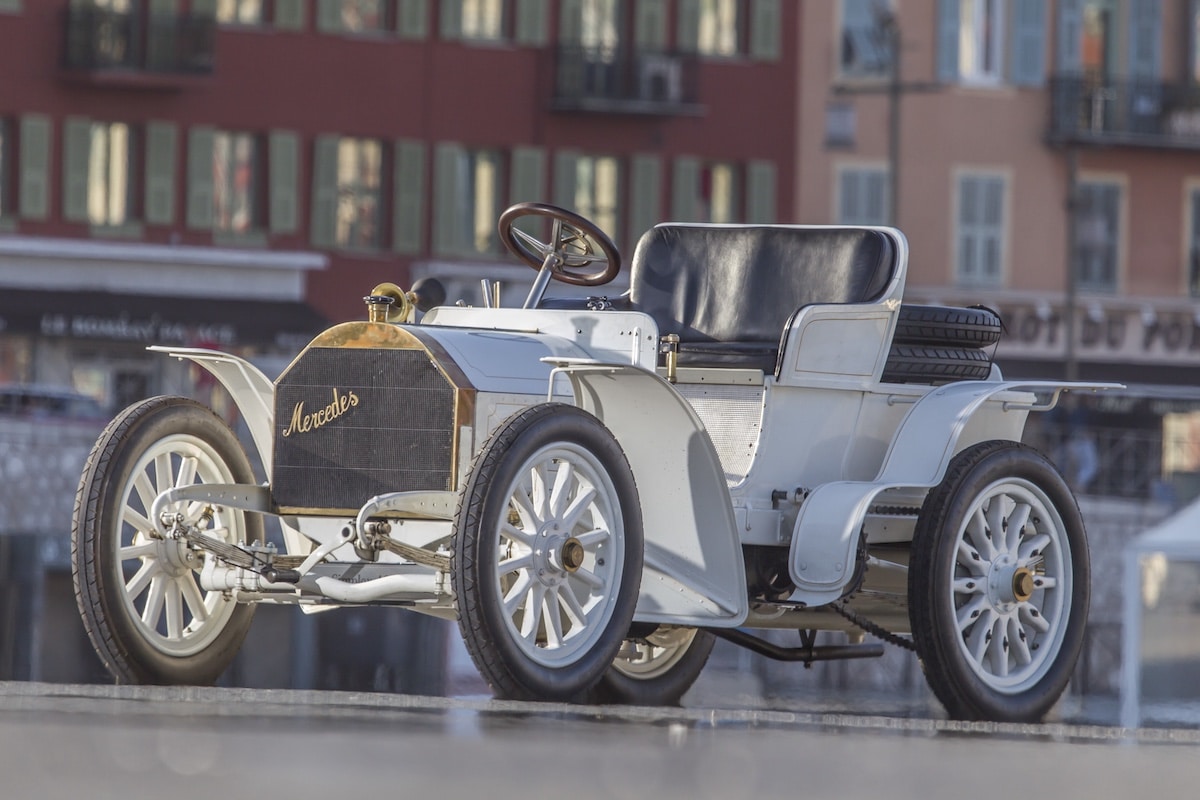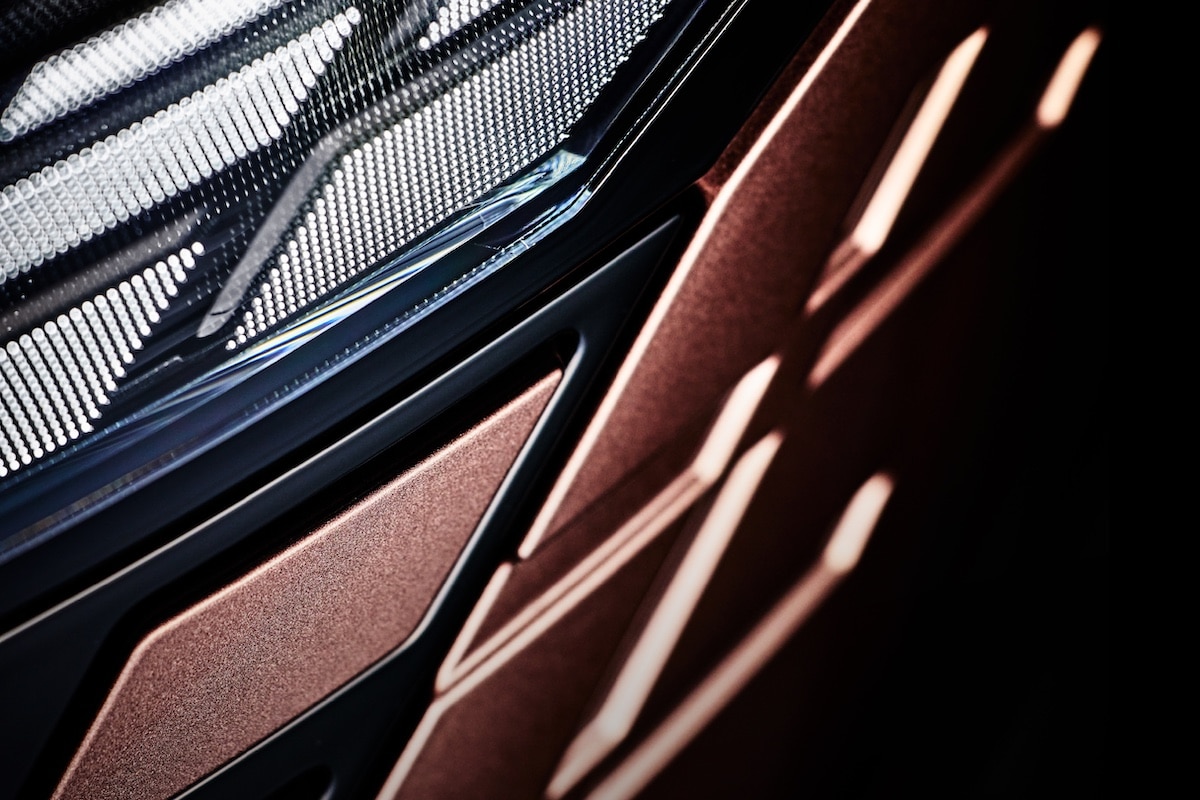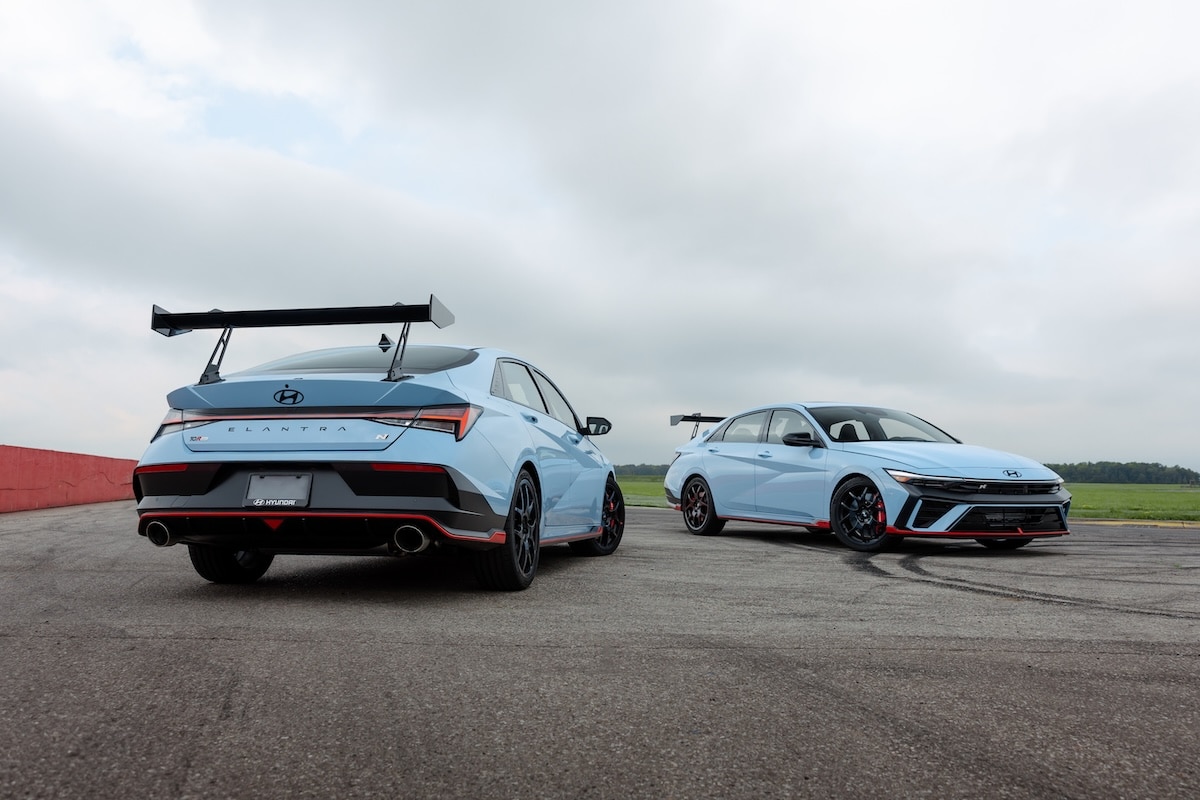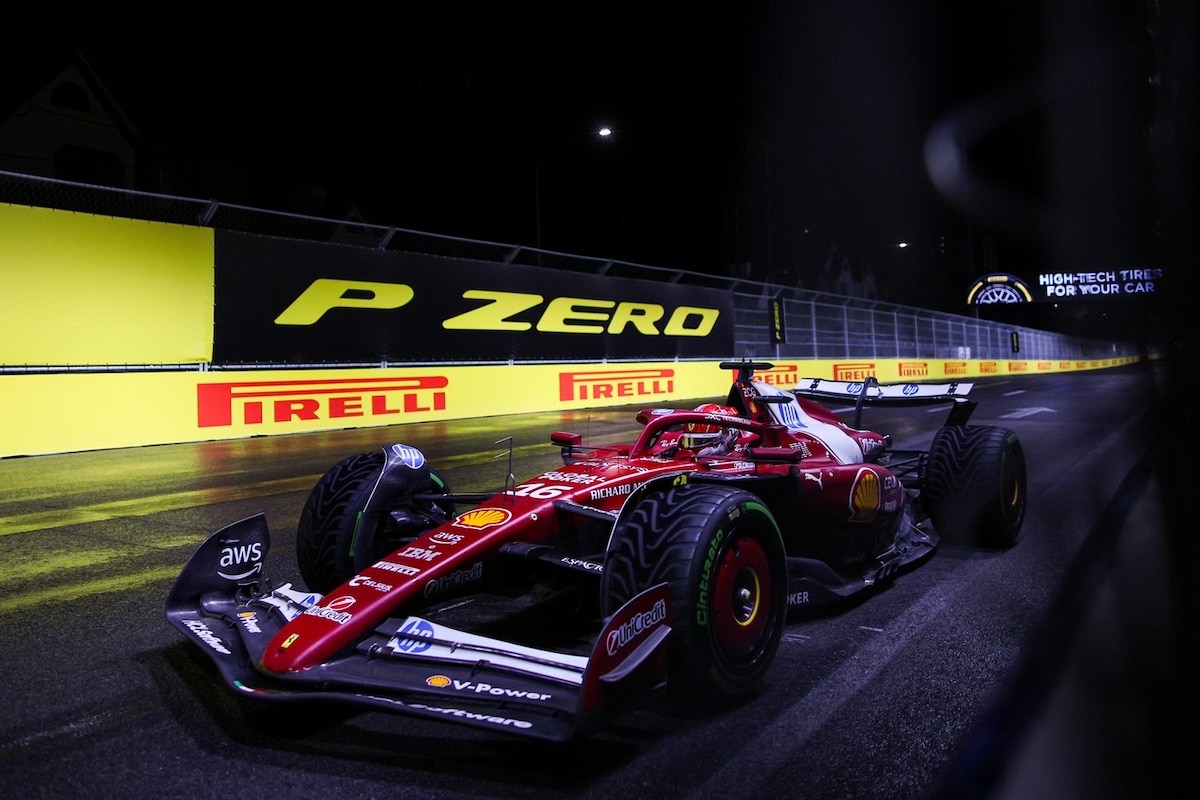Mercedes 35 hp: The Mother of Modern Cars

November 22, 1900 marks a major turning point in automotive history with the birth of a star: Mercedes!
On that day, the Daimler-Motoren-Gesellschaft (DMG) completes the Mercedes 35 hp in Cannstatt, now considered the first modern automobile. This creation also heralds the use of the name “Mercedes,” which later becomes DMG’s iconic brand.
Commissioned by Emil Jellinek, an entrepreneur and DMG’s main client, the Mercedes 35 hp was born from a demanding specification: to design a car that was safer, more powerful, and more stable than existing models. This project was accelerated by a tragic event: the fatal accident of driver Wilhelm Bauer during the Nice-La Turbie race in 1900, while driving a Daimler Phoenix 23 hp. Convinced of the need for a technical breakthrough, Jellinek then solicits Wilhelm Maybach, the chief engineer, to develop a completely rethought vehicle.
The Modern Car
The Mercedes 35 hp indeed introduces a radically new architecture. It abandons the logic of a motorcar placed on a cart to adopt a lower structure, an extended wheelbase, and wider tracks, significantly improving stability and road holding. Ergonomics also progress, with an inclined steering column and a gearbox equipped with a foot-operated clutch.
The engine constitutes another key element. Designed by Josef Brauner, this four-cylinder 5.9-liter engine delivers 35 horsepower at 950 rpm, a remarkable performance level for the time. It is paired with a major innovation: the honeycomb radiator, conceived by Maybach, ensuring efficient and durable cooling. This technical pattern would become, starting in 1926, a characteristic aesthetic element of Mercedes automobiles.
After several weeks of development, the first unit is delivered to Jellinek on December 22, 1900. Engaged a few months later in the Nice Race Week, the Mercedes 35 hp immediately shines, notably winning Nice-Salon-Nice and the ascent of La Turbie. Its success lays the groundwork for an initial range, soon complemented in 1901 by the Mercedes 12/16 hp and 8/11 hp, followed by the Mercedes-Simplex generation in 1902.
You might be interestedin this article:
With this car, DMG sets standards that will have a lasting influence on modern automobiles and marks the official birth of what is now called Mercedes-Benz.
ALSO READ: Do you know how old the Mercedes star is?
This page is translated from the original post "Mercedes 35 ch : la mère des voitures modernes" in French.
We also suggestthese articles:
Also read




